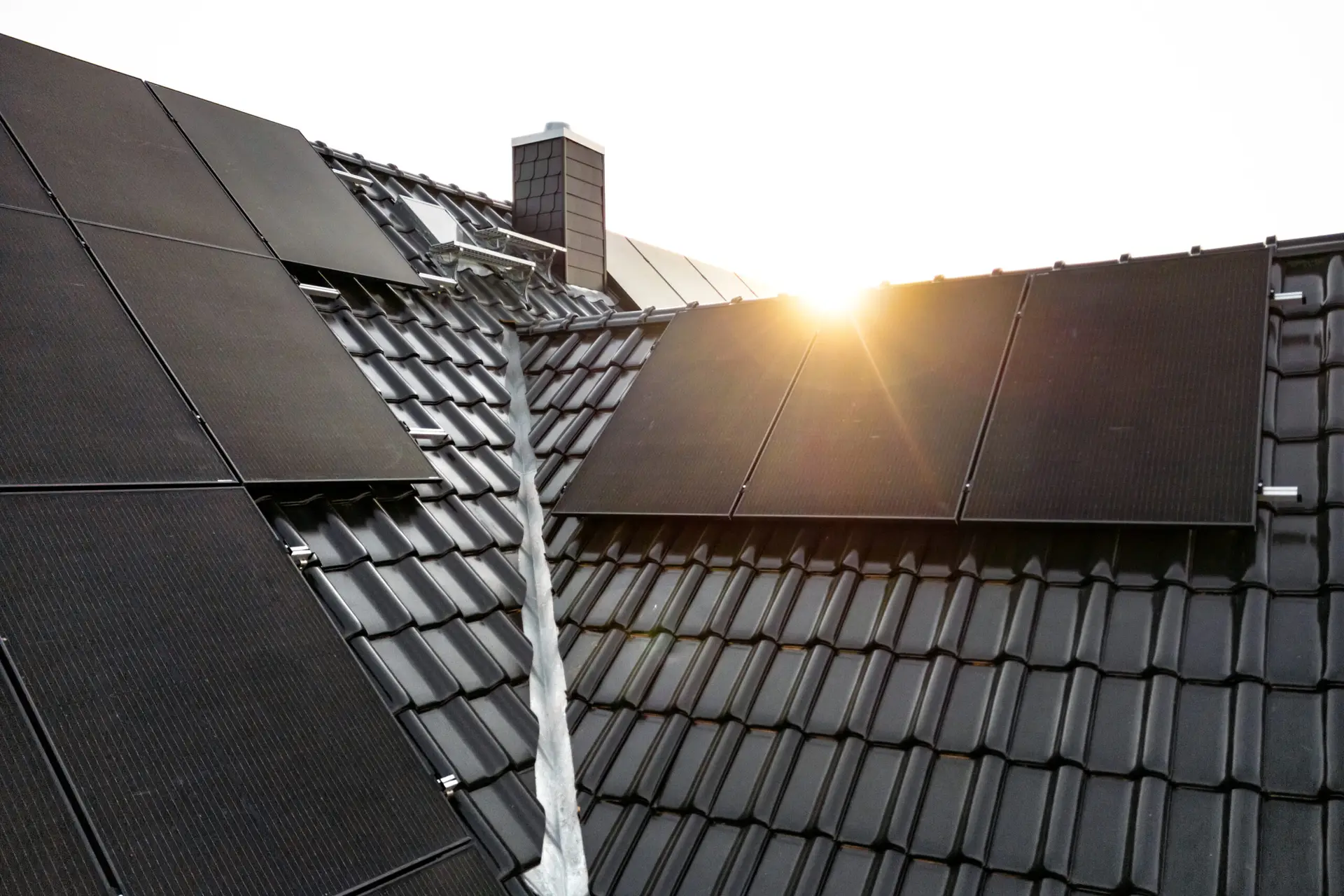The Solar Energy Industries Association (SEIA) has called the Inflation Reduction Act (IRA) “the most transformational clean energy policy in history.” And considering the effects the law has already had on our industry, we agree.
Since it passed in August 2022, the IRA has already catalyzed 155 gigawatts of new solar energy production capacity and 65 gigawatt-hours in storage manufacturing capacity. Solar energy jobs are on the rise and new projects are breaking ground every day. Let’s take a closer look at what we can expect from the IRA over the next 10 years.
A Surge in Solar Capacity
Overall, the IRA is predicted to lead to 48% more solar projects than expected without the law in place. By 2033, the country is expected to have installed 669 gigawatts of solar capacity, which is more than four times the amount installed nationally today. In real terms, that’s enough solar capacity to power all of the homes east of the Mississippi River.
For us in Minnesota, the IRA will help the state achieve its goal of 55% renewable electricity by 2040. Currently, solar energy currently provides 4.24% of the state’s electricity. With the incentives and other provisions of the IRA, this is forecasted to grow to 10% by 2034.
Benefit From the Extension of Solar Tax Credits
For you as a homeowner, the most important provision in the IRA is the extension of the 30% tax credit on new solar installations. The tax credit provides a dollar-for-dollar reduction in your income tax bill to help offset the cost of your new solar energy system. There is no maximum amount you can claim on the tax credit, which means 30% of the total cost of your solar energy system may be eligible.
What the Solar Tax Credit Covers
The federal solar tax credit covers five expenses related to your new solar energy system.
- The cost of the PV panels or cells.
- The costs of installation, including labor, fees, and inspection costs.
- Wiring, inverters, mounting equipment, and other balance-of-system materials.
- Energy storage devices with capacities of 3 kWh or more.
- Sales taxes on the eligible expenses.
Determine Your Solar Tax Credit Eligibility
Wondering if you and your project qualify for the tax credit? Below is a quick summary, or view the full eligibility guidelines.
- Your solar energy system was installed between January 1, 2017 and December 31, 2034.
- Your system is located at your home in the United States.
- You either own the system or you purchased interest in an off-site community solar project (see the energy.gov website for more information on community solar requirements).
- Your system is new or being used for the first time.
Be aware that state or utility company incentives may affect your eligibility or the amount you may be able to claim through the tax credit. The TruNorth Solar team can help you make sense of all of the solar incentives so you know you’re taking advantage of everything you’re eligible for.
Offset of Carbon Emissions
The most important accomplishment of the IRA’s solar provisions is the offset of carbon emissions. In 2023, the solar industry offset more than 150 million metric tons of carbon emissions nationally. By 2033, the increase in solar capacity under the IRA is forecasted to offset more than 450 million metric tons of carbon emissions. At TruNorth Solar, it’s good to know that our hard work over the next ten years will have a big payoff for the planet.
Want to know more about the IRA and how it could help you afford your solar energy system? Get in touch with the experts at TruNorth Solar today for a free estimate on your home’s solar energy system.



